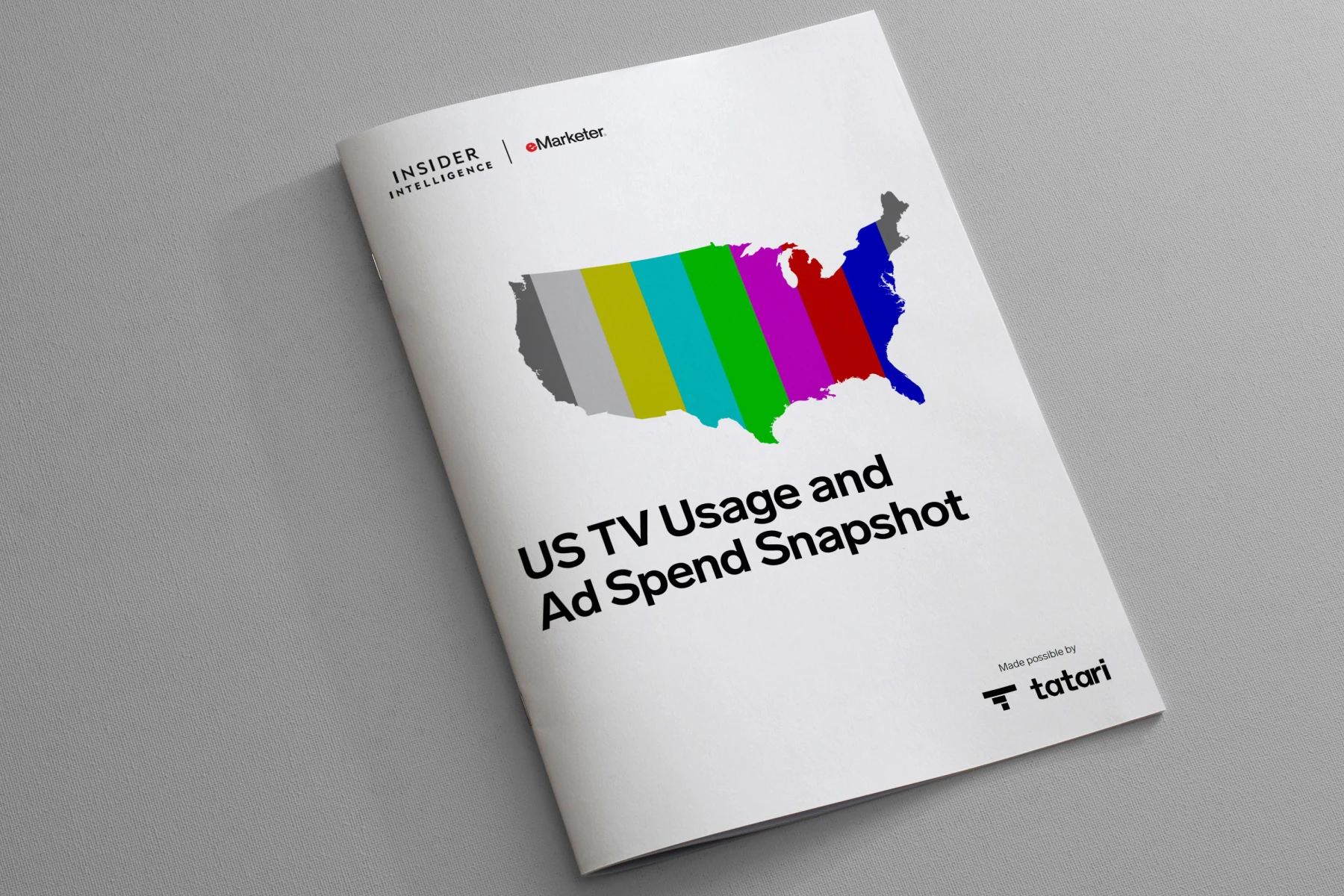
It’s Time to Let Go of Traditional Demos, but Not Everyone Will be Ready
It’s common knowledge that linear viewership is on the decline. But even as fewer people consume content in a linear fashion, advertisers are still finding incredible value in reaching the people who do watch cable or broadcast. In fact, ad spend on linear and pay-TV is projected to remain relatively stable, and even slightly increase over the next few years according to eMarketer’s latest US TV Snapshot.
Networks understand this dynamic all too well. It presents an opportunity to change the way in which linear inventory is sold; especially at a time where advertisers are locking in their Upfront buys.
This year, more networks have adopted so-called “Total Audience” models. Essentially, advertisers have been asked to buy off of the entire audience, rather than buying off the demographics that they’ve grown accustomed to over the past few decades. From the networks’ perspective, they are pushing the concept that Total Audience is more reflective of who is actually watching than the traditional demo. Advertisers that still want to buy against demographics like AD1849 or WM2554 will pay a premium, in addition to the price increase as a result of growing demand (which is expected to be in the double digits, percentage-wise).
While positive for the networks and publishers on the supply side, this paradigm shift will cause hiccups for large, established advertisers and agencies. This stems from the fact that many agencies can only coordinate amongst each other if they all work together on legacy demo CPMs.
Handcuffed to the old ways
Huge advertisers, like P&G, have established price advantageous upfront demo CPMs going back decades. They will often work with as many as 50 different agencies to handle the components of their buys, and expect to receive the same kind of insights from every single agency. In order for the brand to track reach, frequency and ROI across multiple agencies, all must be aligned. Remove the demo CPMs under a Total Audience model, and things start falling apart. Agencies and global brands are simply locked into, and stuck with, building marketing strategies (namely: reach, frequency, and mixed media modeling) around demo CPMs.
Total Audience will require agencies to adapt quickly in order to meet the fall TV season. A transformation of this magnitude is daunting, and will only succeed if every single agency can embrace the change. Seismic market shifts such as this rarely work. In fairness, the way in which big brands operate makess the process all the more challenging. They will gladly spend more in order to drive performance within their grounded models. Better measurement might show that less spending can yield the same results, yet many global advertisers have a budget that they feel inclined to invest. Efficiency isn’t necessarily the end game, and it even explains why many global brands have been slow to move to more data-driven methods of buying TV.
Advertisers still hold the leverage
The early returns following the Upfronts show that the shift to Total Audience may be even slower than expected.
Buyers seem to be returning to their normal state of mind, following heavy investment increases in 2021. A +6% growth in Upfront spend last year was followed by a relatively stable, .9% growth this year; further proving that the FOMO that buyers felt last year is gone. That, along with economic concerns, has advertisers hesitant to throw down significant amounts of money, even if they have the option to cancel.
The result of this conservative attitude is that the networks are pulling back a bit from their bold stances. Networks need brands to spend money, and if brands are unable to adopt a Total Audience model, they’re likely unable to really adjust to the alternative currencies that generated so much buzz before the Upfronts. As a result, this may not be the year we see massive change.
Some will get liberated
There’s a growing trend of smaller, nimbler, digitally-native DTC brands adopting TV advertising while still prioritizing the same incremental lift and sales data that they look for online. Interestingly, these brands aren’t normally the ones that make Upfront buys. They look at the combined annual price hike and demo premium, run the numbers through their models, and decide that the investment simply isn’t worth it. If a certain network doesn’t drive incremental benefits, then there’s no reason to spend on that network, much less spend more.
More data and stronger models available today allow these companies to drive performance without simply pumping money into an Upfront buy. These modern brands are more than ready and stand to benefit from the shift to Total Audience.
Breaking the cycle
The goal here is for every advertiser to view TV as an efficiency buy, rather than solely as a way of hitting the most impressions possible in a demo. When the buy is focused on outcomes, and investment decisions are based on incremental performance lift, then demos become a much less important part of the strategy.
In the end, prices for TV audiences are going to go up for everybody, even the more nimble companies. There’s simply no avoiding it in today’s market. Allocating TV budgets in the advent of higher and different pricing will come natural to some. Others have some serious demo guarantee detox ahead.

Vicky Chang
I love helping businesses grow.
Related
5 Tips for Setting Up a Successful Programmatic Retargeting Campaign on TV
The rise of CTV has helped bridge the best practices of digital and TV advertising. Now, advertisers can replicate one of digital’s best-performing tactics – retargeting – on the biggest and most engaging screen in a consumer’s household.
Read more
There Will Be No Kingmaking in the New World of TV Measurement
After decades of a “business as usual” approach to TV measurement, the industry has at last broken free of outdated paradigms and Nielsen’s quasi-monopoly on TV measurement.
Read more
eMarketer Snapshot: TV Advertising Trends in 2022
Download this exclusive new snapshot report for a granular look at the 2022 US TV landscape, which includes breakdowns of viewership, time spent, ad spend, and more across traditional TV, CTV, and over-the-top (OTT) video.
Read more


